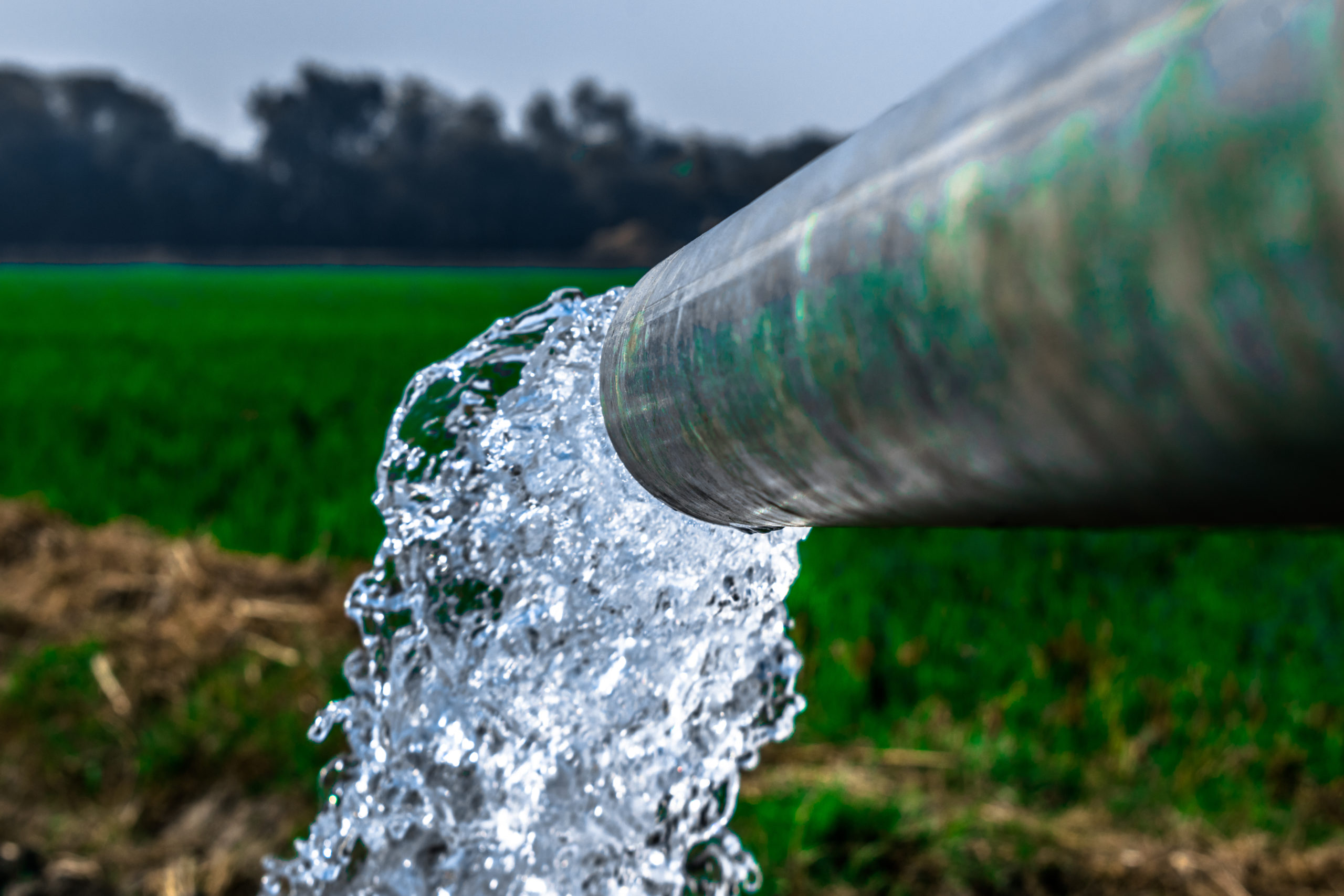Necessary Action In Municipal Waste Water Treatment Plants
Necessary Action In Municipal Waste Water Treatment Plants
Blog Article
Strategic Approaches to Improve Waste Water Treatment Performance and Reduce Ecological Influence
In the realm of drainage therapy, the pursuit for enhanced effectiveness and lowered environmental influence is a continuous obstacle that requires critical remedies. As society faces the essential to manage water sources sustainably, a nuanced method ends up being crucial. The integration of advanced treatment technologies, energy-efficient processes, source recovery techniques, improved nutrient elimination techniques, and clever monitoring and control systems stands for a complex structure for addressing these pushing concerns. What lies at the core of this complex web of methods is the possible to reinvent the means we approach waste water treatment, not simply as a process of disposal, however as an important possibility for development and environmental stewardship.
Advanced Therapy Technologies
Cutting-edge membrane purification systems have reinvented innovative wastewater treatment processes, dramatically enhancing the removal of impurities. This innovation has actually shown to be very efficient in getting rid of a large range of impurities, consisting of pharmaceuticals, heavy metals, and natural compounds, which are frequently testing to eliminate through conventional treatment methods.
In addition, membrane layer purification systems offer various advantages over standard treatment strategies. Additionally, these systems are very functional and can be easily incorporated into existing therapy plants or utilized as standalone devices for decentralized applications.
Energy-Efficient Processes
The assimilation of energy-efficient processes in wastewater treatment systems is crucial for optimizing resource use and reducing operational expenses. One vital approach to boosting power performance in wastewater therapy is the utilization of advanced aeration systems, such as great bubble diffusers or surface aerators, which can boost oxygen transfer efficiency and reduce energy consumption.
Moreover, maximizing procedure control and automation via the usage of innovative sensing units and keeping an eye on systems can boost total power performance by adjusting operations in real-time based on actual demand and conditions. Executing power audits and on a regular basis checking energy efficiency indications are important techniques to identify locations for enhancement and track energy-saving initiatives properly. Generally, the fostering of energy-efficient processes in wastewater treatment not only profits the setting but likewise adds to long-term cost savings and functional sustainability.
Source Recovery Techniques
With an emphasis on enhancing source utilization and sustainability in wastewater therapy systems, the execution of resource recovery strategies becomes a crucial facet in boosting functional effectiveness. Source recuperation techniques in wastewater therapy involve the identification and removal of useful resources from the waste stream, thereby transforming what was as soon as considered waste right into a beneficial property. By carrying out resource healing strategies such as nutrient removal and recovery, energy generation from natural issue, and the production of recyclable water, wastewater therapy plants can minimize environmental influence while making the most of performance.

Enhanced Nutrient Elimination Strategies
Executing sophisticated nutrient elimination methods is important for optimizing the performance of wastewater treatment systems. Enhanced nutrient elimination plays a critical function in lessening the environmental impact of treated effluent discharged into water bodies. Among the vital strategies utilized for enhanced nutrient removal is the process of organic nutrient removal (BNR), which includes the elimination of nitrogen and phosphorus via biological processes. This can be accomplished via making use of specialized microorganisms that can convert nitrogen substances right into inert nitrogen gas through denitrification, and build up phosphorus within their cells with a process called enhanced organic phosphorus elimination (EBPR)

In addition to BNR, advanced therapy techniques such as membrane layer bioreactors (MBRs) and built wetlands can also be used to improve nutrient removal effectiveness. By including these sophisticated nutrient removal methods into wastewater treatment industries, systems and municipalities can efficiently decrease nutrient contamination and shield the environment.
Smart Tracking and Control Equipment
Using advanced technology, the assimilation of smart surveillance and control systems reinvents the operational efficiency of wastewater treatment centers. These systems integrate innovative sensors and data analytics see page to continuously keep track of key parameters such as pH levels, turbidity, dissolved oxygen, and flow rates in real-time. By collecting and analyzing this data, drivers can obtain valuable understandings right into the efficiency of the treatment processes, enabling proactive changes to enhance treatment effectiveness.
Smart tracking and control systems also support remote monitoring capacities, enabling drivers to gain access to real-time data and control functions from off-site locations. This remote availability improves operational versatility and responsiveness, allowing swift interventions in case of system malfunctions or changes in influent top quality. Furthermore, the anticipating upkeep capacities of these systems assist stop tools failures and lessen downtime, ultimately enhancing the total reliability of wastewater treatment procedures (Waste Water Treatment).
Final Thought
To conclude, calculated strategies such as advanced treatment innovations, energy-efficient procedures, source recovery techniques, improved nutrient elimination strategies, and smart tracking and control systems play an important duty in boosting wastewater treatment performance and decreasing environmental influence. By executing these techniques, wastewater treatment plants can boost their overall efficiency, decrease power consumption, recover beneficial resources, and make sure compliance with environmental laws. These methods are necessary for sustainable and reliable wastewater management practices.

In conclusion, strategic strategies such as innovative treatment innovations, energy-efficient processes, source recovery methods, boosted nutrient removal methods, and clever monitoring and control systems play a critical role in improving wastewater therapy efficiency and reducing ecological impact.
Report this page